Enemy Weapons Small Arms
We are a Public Domain sharing community,with a focus on American life pre-1970's..
These videos are for Historic and Cultural preservation. See something interesting?
We encourage viewers to add comments and, especially, to provide additional
information about our videos by adding a comment!
Inferring quality from quantity is obviously a fundamental and dangerous error. Yet quiz most Americans — and many historians — about what won World War II and they will almost certainly invoke the quantitative image of the “Arsenal of Democracy”.
Yes, the United State was the “Arsenal of Democracy”, and yes it disgorged more weapons than the Germans and the Japanese. But ask any infantryman in Europe who defended himself with those weapons and they’ll confirm that our weapons in World War II had a decidedly retrograde cast than their German counterparts.
Clearly the Germans produced the weapons of the future (although some were employed late in the war), while the Americans were armed with weapons designed 30 years earlier — for World War I. In his memoirs, “War As I Knew It,” Gen. George Patton records his astonishment at finding a high-pressure German pump that fired a six-foot long projectile. It was experimental, but, along with Screaming Meemies, V-1 and V-2 strategic missiles, and jet planes, clearly established German qualitative and even futuristic weaponry during World War II.
Long before we Americans received the single-firing, hand-held bazooka rockets, the Germans were steadily launching “Screaming Meemie” rockets at us which, though failing to become a sustained scourge because of supply problems, pointed to German technological superiority.
The only American infantry weapon that was clearly superior to its German counterpart was the humble, standard-issue M-1 rifle, which was not of World War I vintage. The M-1 took a lot of abuse, including extreme weather and dirt, and kept on firing. Additionally, its rate of fire was higher than the German Mauser rifle.
There was also a smaller American rifle, the M-1 carbine, that, under battlefield conditions, often proved touchy. The Browning Automatic Rifle was praised by some, derided by others. It weighed a ton and, unlike the German burp gun, frequently misfired.
Clearly inferior to their German counterparts were the American light and heavy machineguns. This proved a severe handicap. Both the products of World War I , neither gun could hold a candle to the burp gun, a handheld weapon that could fire all day without burning out the barrel, whereas the American counterparts like the grease gun, a replacement for the erratic Thompson sub-machinegun, produced stoppages and barrel burnouts.
As to mortars, there was no clear winner, although our 81 mm. mortar was a heavy, clumsy World War I weapon that was hard to carry. The 60 mm. was portable, but relatively punchless. I am not familiar with the American 4.2-inch mortar, but because of its heavy explosive and chemical punch and near-frontline position, it was valued.
American Media Ephemera
americanmediaephemera@gmail.com
Truth Social
@AmericanMediaEphemera
Twitter
@EphemeraMedia
Discord
discord.gg/ntSk5qEs45
#ephemera #educational #culture #knowledge #news #elections #miltary #guns @colinNoir
#lifestyle #makesocialmediafunagain #Aviation #flying #warplane #truth
#conservative #rights #combat #airplane #training #Republican #DIY
-
 8:03
8:03
AmericanMediaEphemera
1 year agoInfantry Weapons 1953
495 -
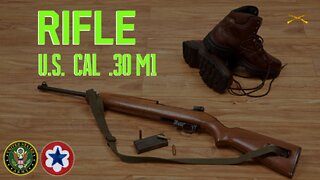 15:43
15:43
AmericanMediaEphemera
1 year agoRifle US .30 Cal M1
370 -
 0:57
0:57
deNAZIfication - Special Military QperationZ WORLDWIDE
3 months agoThe 2S19 Msta-S self-propelled guns DENAZIFIED the enemy in Avdeyevka direction
1.24K1 -
 8:44
8:44
BuiteboerBlindspot
1 year agoBlindspot 69 - S-Africa 155mm Denel shells sold to NATO - Ukraine 2 bomb Russian 4ces w it?
158 -
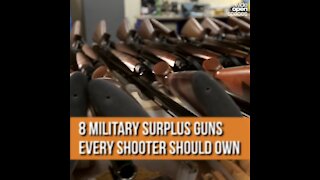 1:15
1:15
WideOpenSpaces
4 years ago8 MILITARY SURPLUS GUNS EVERY SHOOTER SHOULD OWN
1.49M34 -
 0:40
0:40
24ghante
11 months agoWeird Weapons and Other Surprising Objects 15 Strange Inventions From World War II Part 2 .
38 -
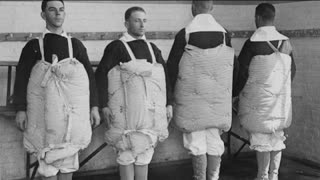 0:38
0:38
24ghante
11 months agoWeird Weapons and Other Surprising Objects 15 Strange Inventions From World War Part 1
30 -
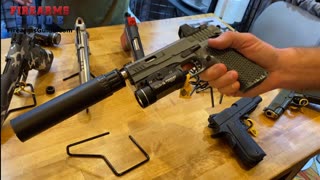 3:35
3:35
FirearmsGuide
4 months agoStealth Arms 1911 Made by Order Pistols
199 -
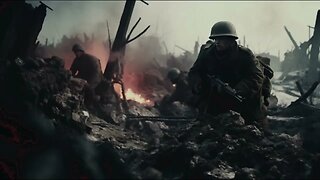 6:29
6:29
World War Stories
7 months agoPPSh-41: The Iconic Soviet Submachine Gun of World War II
108 -
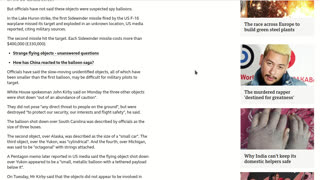 9:46
9:46
Corruptionexposed2
1 year agoThese Balloons Were Used In Wars To Carry Bombs But MSM Isn’t Talking About That
415